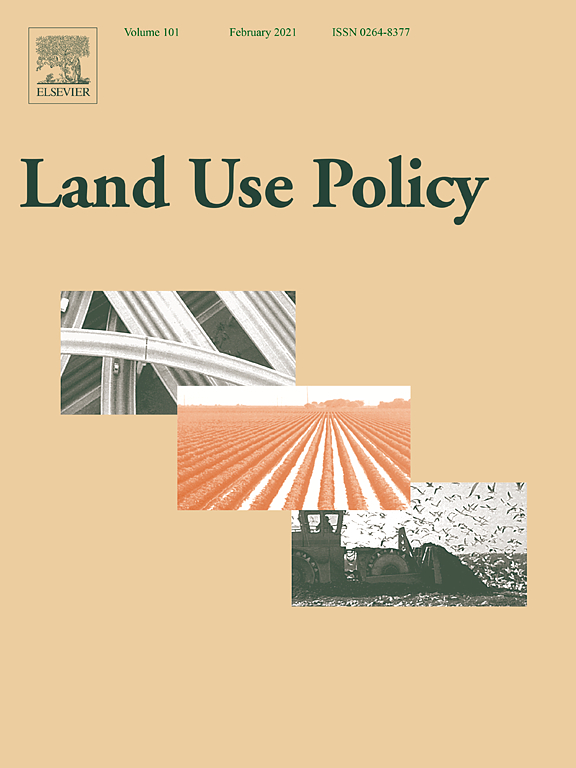In search of factors determining the participation of farmers in agri-environmental schemes – Does only money matter in Poland?
The growing awareness of the negative impact of agriculture on the natural environment creates social expectation towards the reduction of this impact through the pro-environmental activities of farmers. Agri-environmental programmes are one of the key instruments of EU agricultural policy aimed at encouraging farmers to do so. Due to their voluntary nature and involvement of farmers in these activities, there has been a scientific discussion for a long time on the factors determining the participation of farmers in these programmes.



